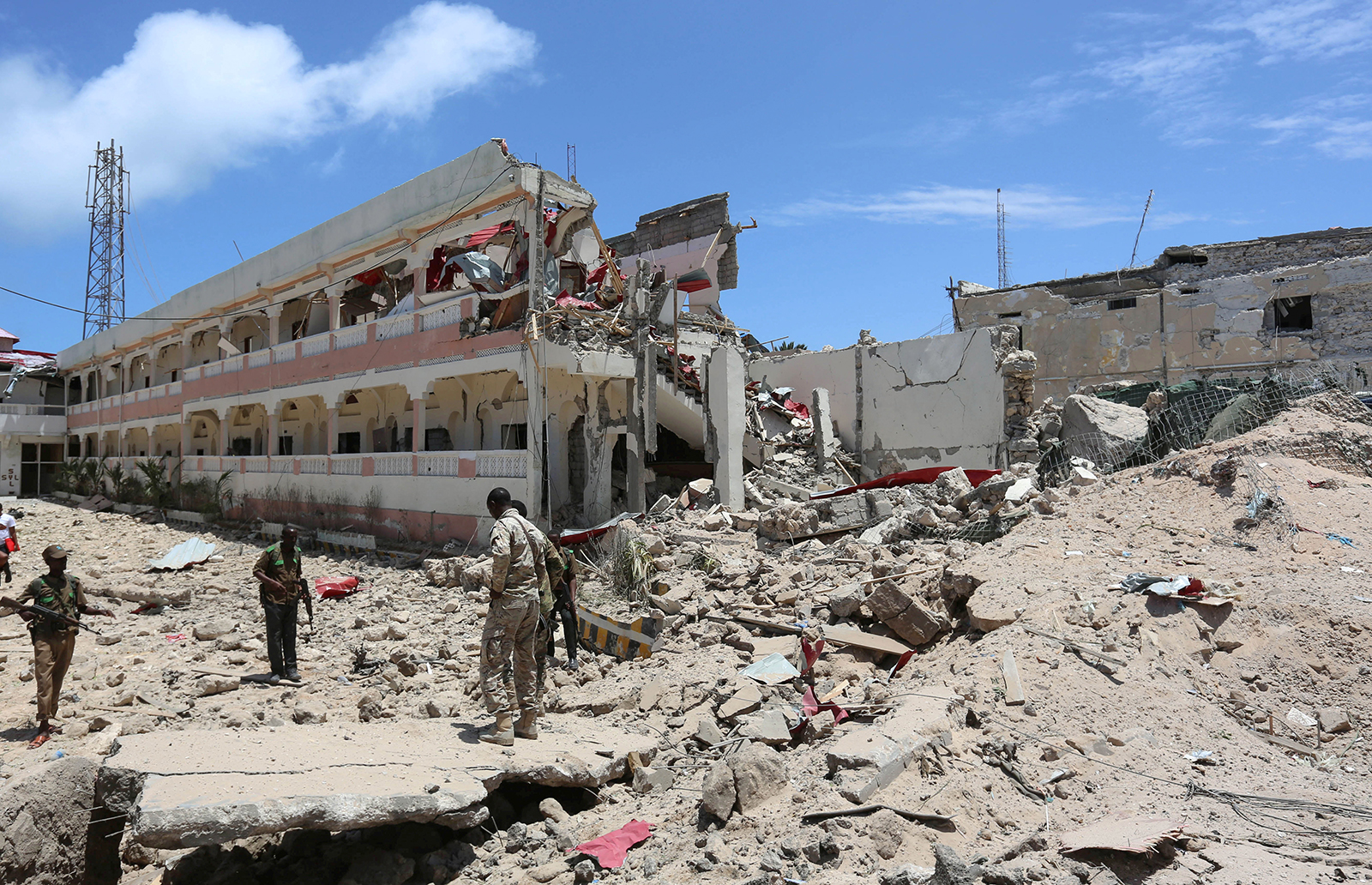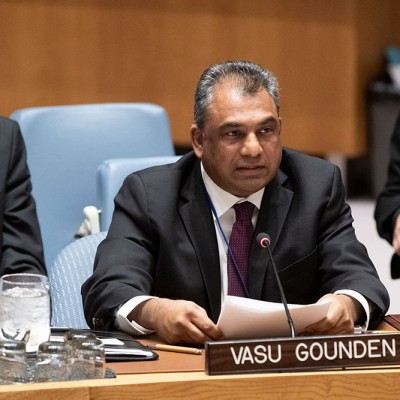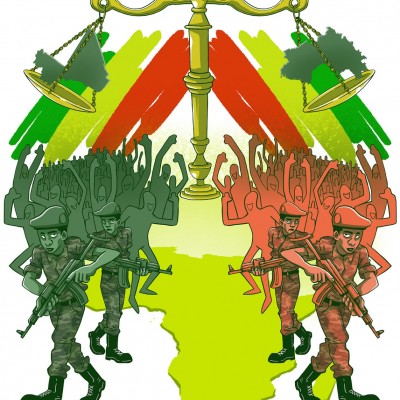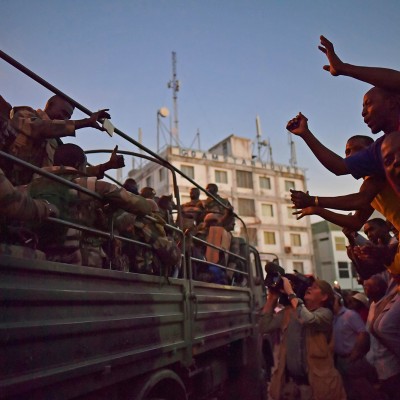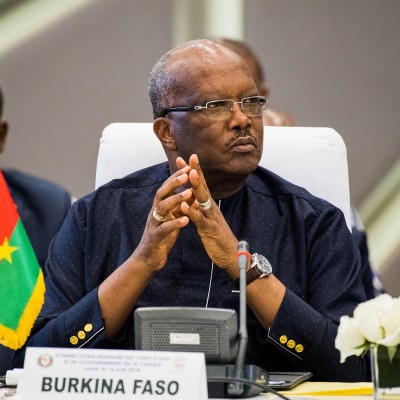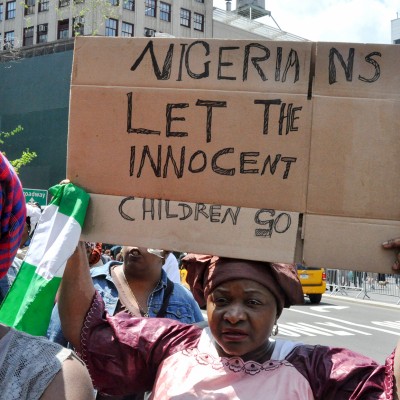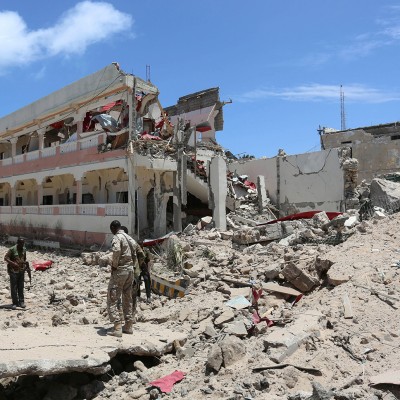Introduction
In the last two decades, West Africa has become an incubator for violent conflict whose origins are mostly believed to be rooted outside the region. The current climate of poverty, unemployment, under-development, poor governance, human rights abuses, repression, unprecedented delays and denial of access to justice, and ongoing conflicts have made West Africa a breeding ground for terrorism. The spread of terrorism across the region has intensified exponentially over the past 20 years more than any other time in the history of the region.
Terrorism is a major security challenge for Africa as a whole, considering the rising number of attacks, the multiplicity of active terror networks, and the growing links between and among terror groups. Boko Haram, al-Shabaab, Al-Qaeda in the Islamic Maghreb (AQIM), and the Islamic State of Iraq and the Levant (ISIS) are some of the deadliest terrorist organisations that are still highly active in Africa. They constantly mutate into incognito networks, and their actions are also labelled as banditry or cattle rustling, among others, in Nigeria. Terrorism is violence without borders, and its dynamics are highly unpredictable, especially with the skill and ingenuity with which terrorist organisations conceal their real identities.
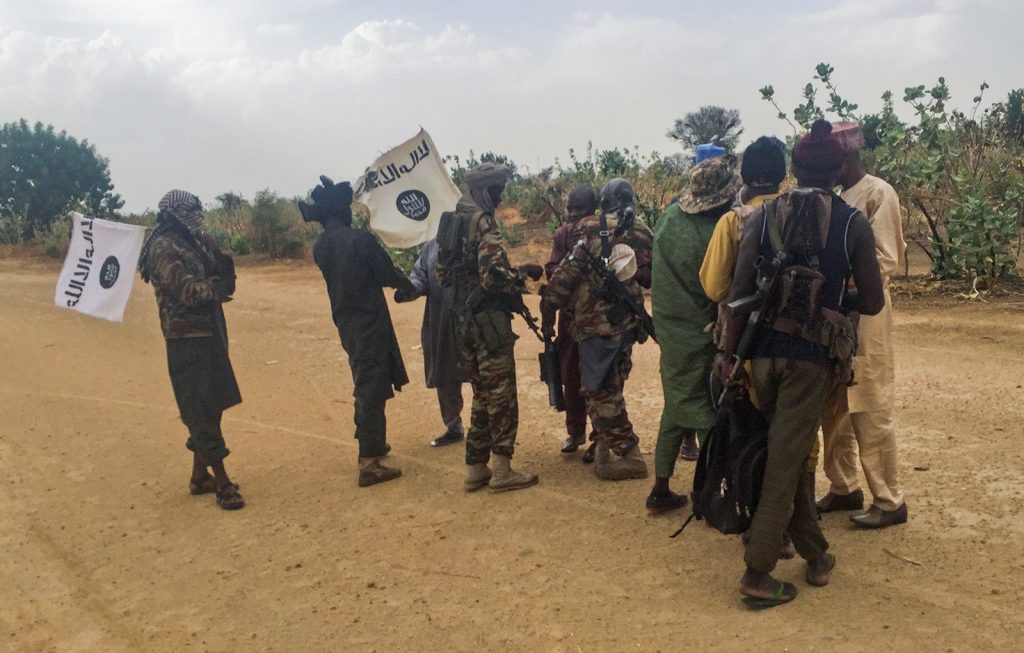
Thus, over the last two decades, the African peace agenda has been dominated by debates on terrorist conflict prevention. The post-Cold War era has witnessed a paradigm shift from conflict management to conflict prevention in Africa. While conflict management focuses on armed aspects of conflict, conflict prevention envisions containing and resolving latent or brewing conflicts by responding to signals and indicators. The shortcomings of the reactionary rather than proactive nature of conflict management approaches essentially necessitated a shift from conflict management to conflict prevention.
The scourge of violent conflict is often fuelled by a scarcity of resources, inequality, an uneven distribution of power, injustice, grievances, and oppression, among other causes. The costs of violent conflicts are estimated not only in terms of the deaths and casualties and even the economic costs borne by the people involved, but also the social, developmental, environmental, and strategic costs of conflict. The International Action Network on Small Arms (IANSA), Oxfam, and Safeworld estimated that from 1990 to 2007, African economies lost about US$300bn to armed conflicts.[1] Research estimates from Algeria, Angola, Burundi, Central African Republic, Chad, Democratic Republic of the Congo (DRC), Republic of the Congo, Côte d’Ivoire, Djibouti, Eritrea, Ethiopia, Ghana, Guinea, Guinea-Bissau, Liberia, Niger, Nigeria, Rwanda, Senegal, Sierra Leone, South Africa, Sudan, and Uganda project an annual loss of US$18bn.[2]
ECOWAS’ renewed vigour in ensuring a smoother transition to peace within the region in the wake of incessant uprisings, political impasses, communal conflicts, insurrections, and terrorism, among others, has necessitated multi-sectoral approaches to mitigate and address the current climate of insecurity. This new thinking embeds in it the concept of Infrastructures for Peace. According to the United Nations Development Programme (UNDP), Infrastructures for Peace refers to ‘a network of interdependent systems, resources, values and skills held by government, civil society and community institutions that promote dialogue and consultation, prevent conflict and enable peaceful mediation when violence occurs in a society’.[3]
As simple as the concept of Infrastructures for Peace may appear, it is, in fact, quite complicated with various definitions and schools of thought. This article tries to underscore the basic elements that underpin a host of seemingly interwoven and slightly divergent perspectives on the concept. This article refers to Infrastructures for Peace as organically derived systems stemming from responses of unique conflict contexts which have the potential to deescalate or manage tensions.Ideally, Infrastructures for Peace aim to synchronise all levels of society to form a unique ‘platform for constructive relationship-building between relevant stakeholders. It reflects an inclusivity that challenges the traditional notions of official peace actors, incorporating local and grassroots actors in addition to conflict parties and other state actors’.[4]
In traditional African societies, community leaders play a pivotal role in establishing community platforms that serve multiple purposes, including townhall functions, mediation and dialogues, sensitisation and awareness-raising, early warning and response, and information hubs, among others. Other community actors, such as religious leaders, community-based association leaders, government officials, security actors, and non-state armed groups (NSAGs), may also be involved.
History presents good opportunities to learn from and to plan in anticipation of the future. The Boko Haram insurgency that has engulfed much of the Northeast and parts of the Northwest of Nigeria since 2009 is one such historical example. Whether or not it was entirely preventable is now a moot point. However, for us to prevent future such occurrences and to be able to respond more effectively to such violence, we need to draw lessons from the experience.
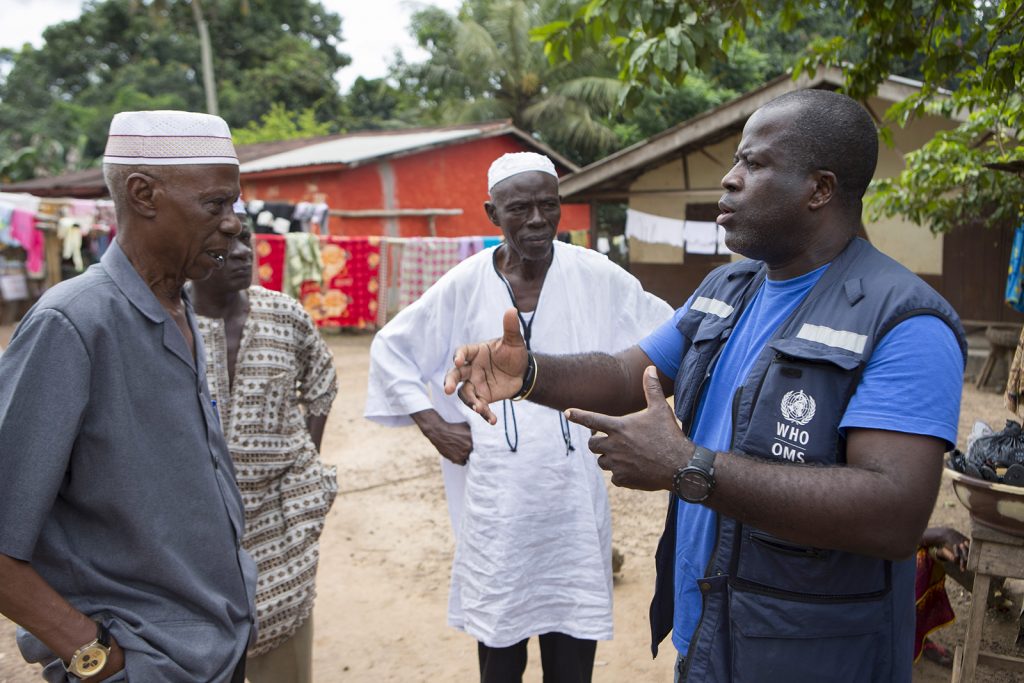
What Can We Learn From the Experience of the Boko Haram Insurgency?
Responses to the Boko Haram insurgency were varied with accompanying different outcomes. For example, some communities were completely overtaken and subdued by the insurgents (low resilience). Other communities were able to recover after the shock to re-establish some normalcy (moderately resilient). Yet, in some cases, the insurgents were either routed out or never given the space to operate by the communities (highly resilient).
The manner in which communities responded to conflict early warning (CEW) and the outcomes of such responses were shaped by community resilience and coping strategies, which will be discussed in greater detail.
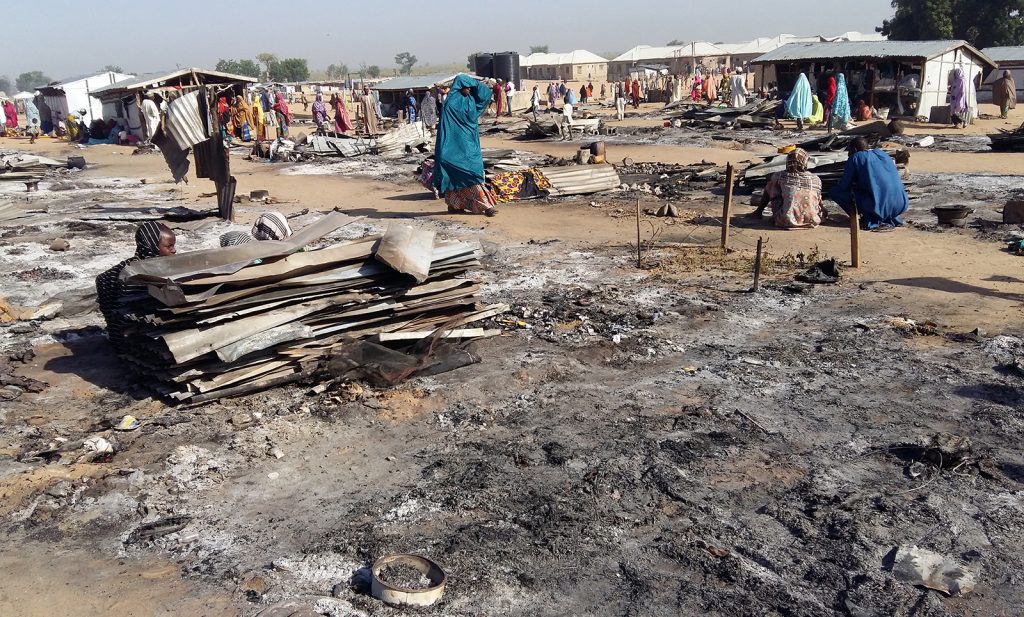
Understanding the Triad: Conflict Early Warning, Community Resilience, and Dialogue
Conflict Early Warning
CEW entails a systematic and mutually reinforcing routine that ranges from gathering early warning information about an impending conflict and risk analysis to information dissemination and formulating nuanced response actions or strategies. The steps are highly interdependent, and thus a failure in one step undermines the success of the steps to follow. CEW primarily seeks to forecast the outbreak of armed conflict or, at a minimum, detect the early escalation of violence. The objective is to prevent the outbreak or further escalation of violence and thus save lives.[5] Mobile phones, social media, crowdsourcing, crisis mapping, blogging, and big data analytics are increasingly being used in early warning and early response.[6] Unlike traditional intelligence, which also collects and analyses information and communicates the results, the objective of early warning is not primarily security for oneself or one’s community, but the security of another; in early warning, security is not self-directed.
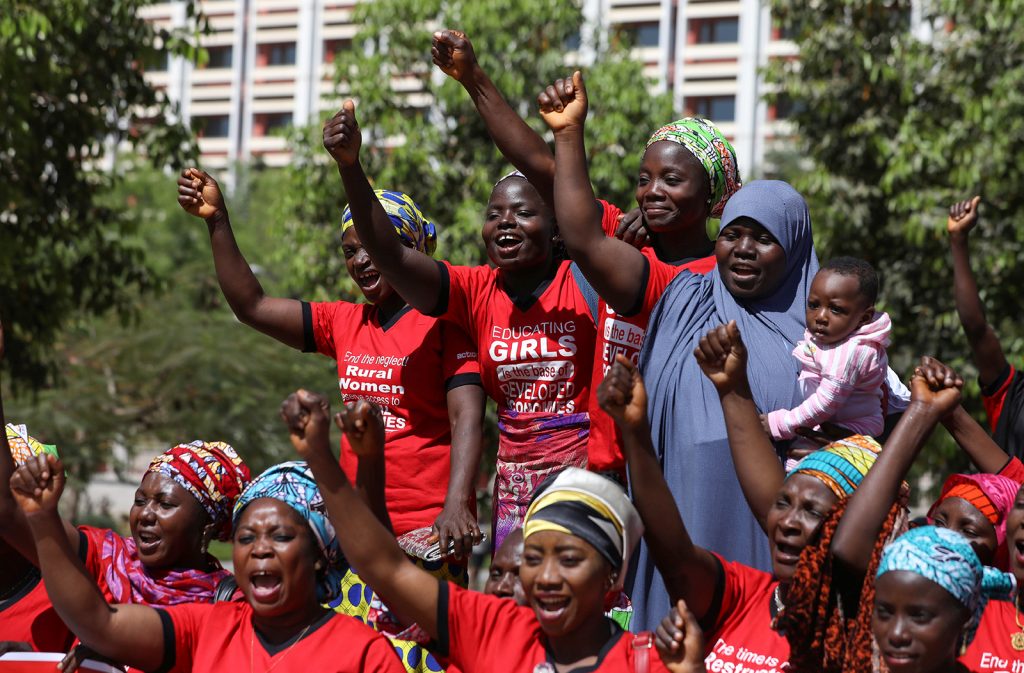
Community Resilience
Community resilience is the ability of communities to adjust to their realities when faced with circumstances, events, and issues that could cause adversity. They do so by taking the required actions to maintain an acceptable level of capacity, function, and structure. Highly resilient communities are characterised by robust social networks and systems that support recovery after adversity. The most embracing definition of the term is given by the UN Office for Disaster Risk Reduction (UNISDR) as ‘the ability of a system to reduce, prevent, anticipate, absorb and adapt or recover from the effects of a hazardous event in a timely and efficient manner’.[7] In the context of the Boko Haram insurgency as a case study, community resilience refers to the way communities were able to resist, recover, or cope with the situation by establishing some levels of normalcy under abnormal situations. Community resilience is inherent in all societies; that is, every community has some form of resilience.
Key components and indicators of a framework to measure community resilience include:
- Community Capacity – includes quality of leadership, resource mobilisation, networking, partnership, infrastructure development, problem assessment, joint problem solving, and so on.
- Community Strength – is determined by socio-economic power, environmental endowment or assets, organisational structures, community attitudes, and the ability to galvanise support when needed.
- Social Cohesion – characterised by features of social organisation, such as trust, unity of purpose, reciprocity of kind gestures, favourable mutual norms, and networks.
- Social Capital – involves social interactions embodied in civic and religious groups, family memberships, informal community networks, and volunteerism.
- Social Connectedness and Sense of Belonging – feelings of belonging and attachment to people, places or social environments, such as family, friends, neighbours, work colleagues, churches, and service providers, among others.
- Community Participation – involves engaging in non-essential activities and exposing people to others with shared interests, opening opportunities to initiate and strengthen friendships and widen social support networks.
- Social Exclusion – the process of being shut out from social, economic, political and cultural systems, which contributes to people’s desire to be integrated into the community.
- Dignity and Self-worth – includes honour, honesty, reliability, decency, modesty, discipline, and sensibilities to the needs of fellow community members.
Community resilience can be dormant and often must be activated or enhanced. Proper engagement strategies can entrench trust in peacebuilding if suitable mechanisms are well integrated.
The increasing insecurity, collapse of local governance, and humanitarian effects of the Boko Haram crisis have further exacerbated socio-economic vulnerability and have torn the social fabric of communities, weakening their resilience and leaving them prone to recruitment and radicalisation by extremist groups. To confront these challenges, communities needed to become more resilient by promoting open dialogue that supports peaceful reintegration and reconciliation.
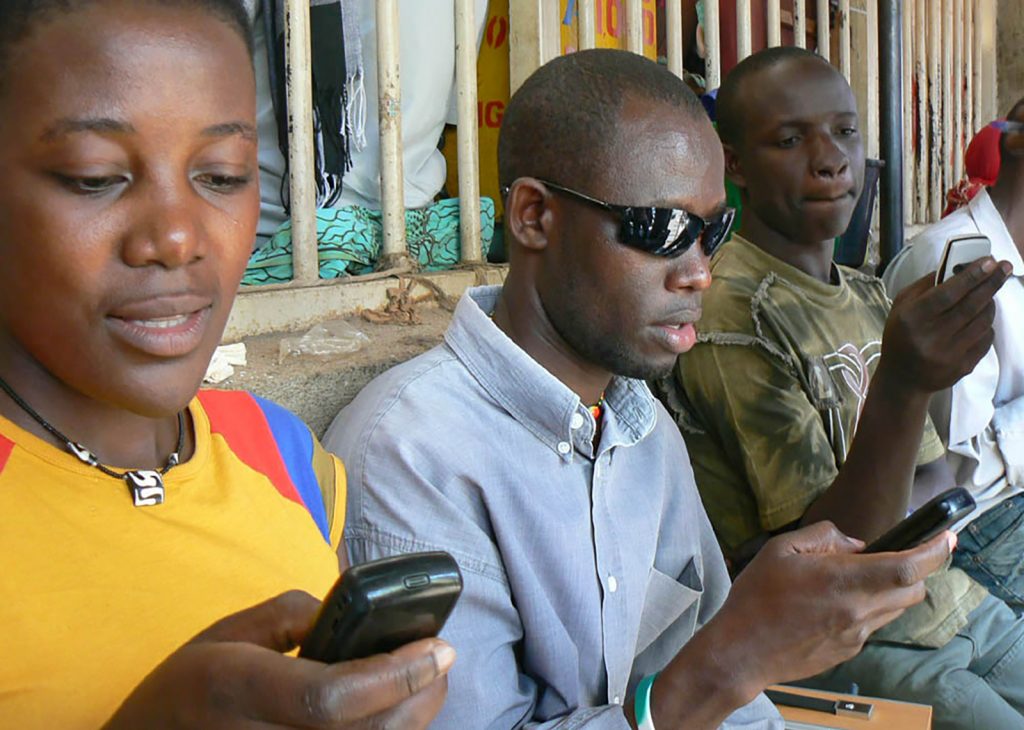
Dialogue
There is an opportunity for affected communities to focus on their own strengths and capabilities to prevent and respond to threats of violence. An important component to this resilience is integrating all community-based and -owned early warning systems. These systems utilise communities’ existing communication and security structures to gather information on early signs of tensions and violence and facilitate a coordinated response with state and national governments. Such monumental challenges will require cooperation and collaboration at all levels and from all segments of society, from community members and leaders to security actors and both state and national-level government officials. The common goal of integrating Infrastructures for Peace provides an opportunity to foster new dynamics of collaboration and a new social contract between these stakeholders. This will also provide a foundation for future cooperation as attention turns to addressing other challenges that face these affected communities as they begin to recover and rebuild.
Integrating Infrastructures for Peace requires convening state and non-state actors, including civil society actors and traditional institutions that have the capacity to respond to early warning signs and signals, reformulate existing community practices as well as government policies, and advocate for new policies to address the underlying causes of violent conflicts. Every multistakeholder approach comes with challenges and questions, which include how mandates can be properly articulated and streamlined, what legislation is needed to legitimise the responses from the various actors in the Infrastructures for Peace framework, how transitions within the Infrastructures for Peace structure can be managed without altering the equilibrium of the system, and so on. A tested multistakeholder approach that has worked within the context of Northeast Nigeria is the Community Score Card (CSC) approach.[8] Broadly speaking, the CSC is a participatory, rural appraisal tool that helps distinguishable segments of the community jointly identify, analyse, prioritise, and harmonise thoughts on unmet community needs, relative to specific actors who have the wherewithal and capacity to address or render the relevant services expected from the local strategies developed to meet those unmet needs.
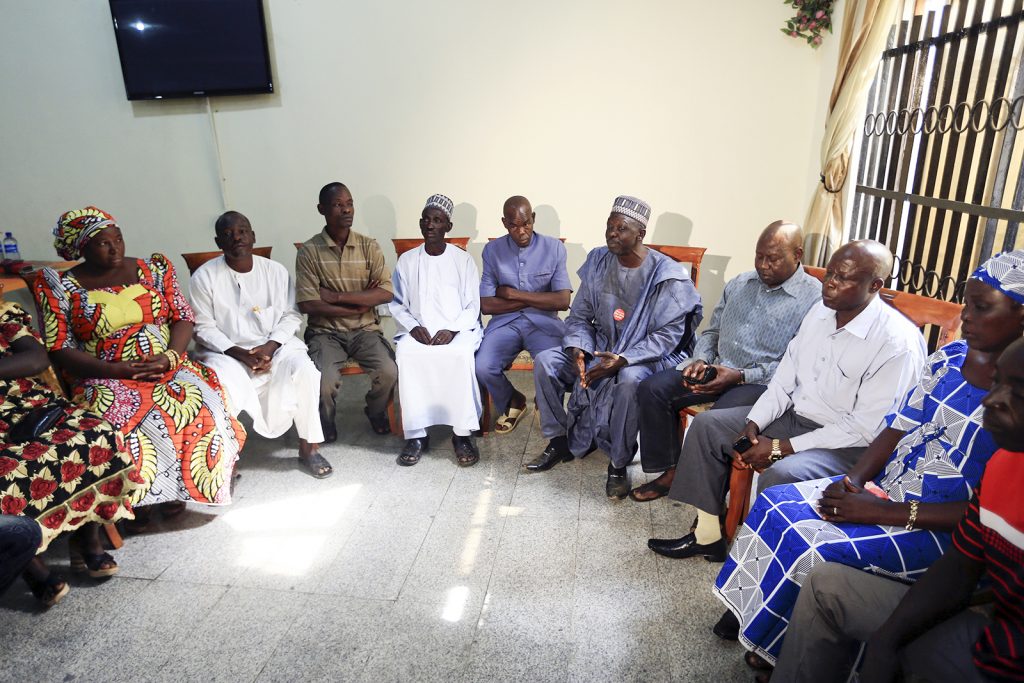
Community Score Card Approach: A Veritable Multistakeholder Tool
The CSC approach helps participants jointly explore and unearth hidden needs that are the core drivers of local conflicts in an engaging and non-violent manner. Examples of such needs include material needs (shelter, food, water, clean environment, security, healthcare), social and relationship-based needs (respect, acceptance, appreciation, love, recognition, trust, connection, understanding, companionship), and individual needs (integrity, authenticity, meaning, self-worth, reputation, self-agency, autonomy, fun, intimacy, love). A denial or lack of one or a combination of these needs has the potential to ignite conflict.
The CSC is an excellent instrument used in engaging skilled and unskilled, technical and non-technical, learned and unlearned individuals in a typical community townhall setting to diagnose their problems with the sole purpose of finding sustainable local solutions through community action. It takes the community as its unit of analysis. The process involves targeting all actors within the spectrum of a given topical issue. For instance, in holding communal peace talks and dialogue, participants will include traditional institution members, local government officials, local council members, religious leaders, youth leaders, men, and women, among others, who belong to either the demand side (service users) and/or the supply side (service providers) with decision-makers and who jointly analyse issues and underlying service delivery challenges.[9] The issues analysed are rated on a scale of preference and in order of importance on a service user list which informs the service provider’s priorities, with practical strategies arrived at as sustainable local solutions. CARExpertise states that the CSC ‘is an exciting way to increase participation, accountability, and transparency between service users, providers, and decision-makers’.[10]
This approach specifically helps in better understanding and distilling stakeholders’ perceptions and opinions about the various types of conflict that exist within their context, critical factors that drive conflict, key stakeholders in the conflict, current initiatives for managing the conflict, challenges faced by mediators, and the need for improved (re)conciliation and mediation. With this approach, data collection tools are usually tailored to specific categories of stakeholders and segments of the community. At each location of consultation, key informant interviews and focus group discussions are held with different stakeholders, namely, traditional community elders, government officials, religious leaders, women’s groups, youth groups, security actors, NSAGs, and so on. Thereafter, findings are validated at a more centralised location with key decision-makers present.
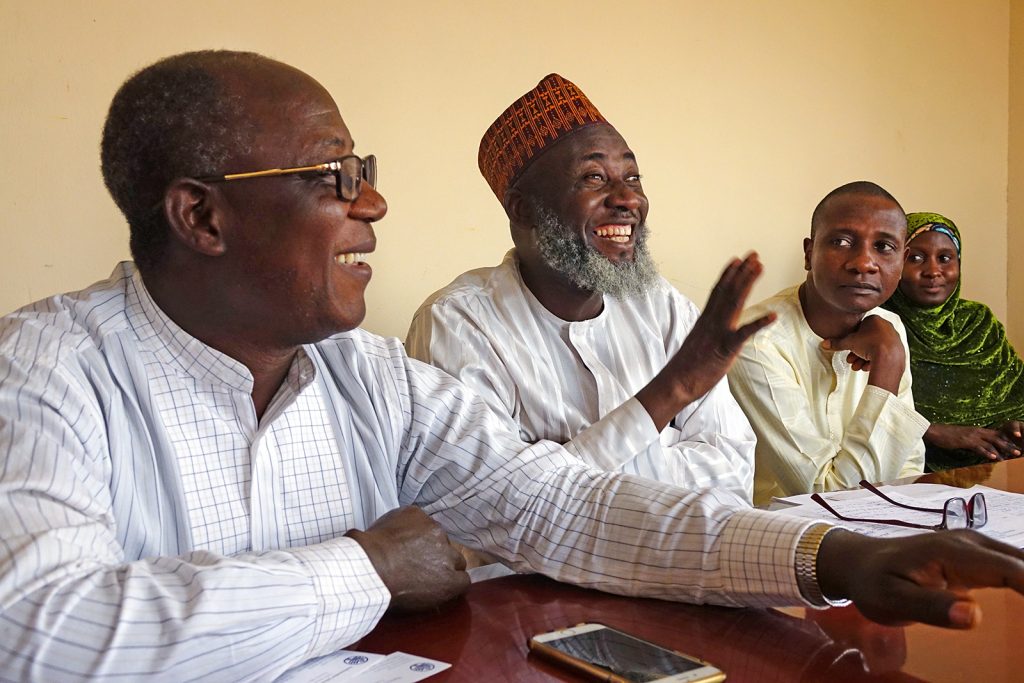
Operationalising the Infrastructures for Peace Framework using the Community Score Card Approach
The Centre for Peace and Conflict Studies notes that the local foundation of Infrastructures for Peace ‘has oriented the framework towards a focus on internal capacities for addressing and resolving conflict, rather than on imposing outside approaches. Peacebuilding initiatives are derived from local practices and customs, and at times, elevated into national structures and agendas to facilitate more strategic and sustainable interventions’.[11]
The CSC approach can be applied in just about any type of consultation if properly facilitated to target the right range of stakeholders in a joint analysis and diagnosis of their community landscape. With this approach comes a proper roadmap that is continuously refined to keep the community vision alive. This approach also helps to capture the often-missing feedback loop in most governmental interactions with grassroots communities. Additionally, the approach encourages a positive attitude towards transformation among participants as they engage in building a future they desire.
For Infrastructures for Peace to thrive in sustaining peace and development, all the various levels of peace mechanisms must interact seamlessly in using stakeholder engagement tools, such as the CSC, to regularly convene and refine ‘what works’ versus ‘what does not work’. This is accomplished in the spirit of joint ownership of processes and accountability, giving adequate visibility to the intricacies of what goes on behind the scenes in the entire spectrum of engagements.
Bernard Hunvounopwa Basason is the Technical Advisor for Early Warning and Mediation at the ECOWAS Peace and Security Architecture and Operations (EPSAO) Programme.
Endnotes
[1] Hillier, Debbie (2007) ‘Africa’s Missing Billions: International Arms Flows and the Cost of Conflict’, Oxfam International, IANSA, and Saferworld, Briefing Paper 107, p. 3.
[2] Ibid.
[3] UNDP (2013) ‘Issue Brief: Infrastructure For Peace’, Available at: <https://www.un.org/en/land-natural-resources-conflict/pdfs/Issue_brief_infrastructure_for_peace.pdf> [Accessed 10 October 2021], p. 1.
[4] Davis, Quinn (2016) Building Infrastructures for Peace: The Role of Liaison Offices in Myanmar’s Peace Process, Centre for Peace and Conflict Studies Learning Paper, p. iii.
[5] Rupesinghe, Kumar and Kuroda, Michiko (Eds) (1992) Early Warning and Conflict Resolution. New York: St Martin’s Press.
[6] Mancini, Francesco (Ed.) (2013) ‘New Technology and the Prevention of Violence and Conflict’, New York: International Peace Institute, Available at: <https://papers.ssrn.com/sol3/papers.cfm?abstract_id=2902494> [Accessed 16 October 2021].
[7] Van Schorlemer, Sabine and Maus, Sylvia (2015) Climate Change as a Threat to Peace. Berlin, Germany: Peter Lang Verlag, Available at: <https://www.peterlang.com/document/1067605> [Accessed 12 November 2021], p. 64.
[8] Search for Common Ground, Nigeria (2019) ‘Research on Communal Tensions and Conflict in Adamawa State – Community Score Card Process in Demsa, Adamawa State, Nigeria’, p. 19.
[9] CARExpertise (n.d.) ‘The Community Score Card Toolkit’, Available at: <https://www.carenederland.org/carexpertise/the-community-score-card-toolkit> [Accessed 12 November 2021].
[10] Ibid.
[11] Davis, Quinn (2016) op. cit., p. 8.

